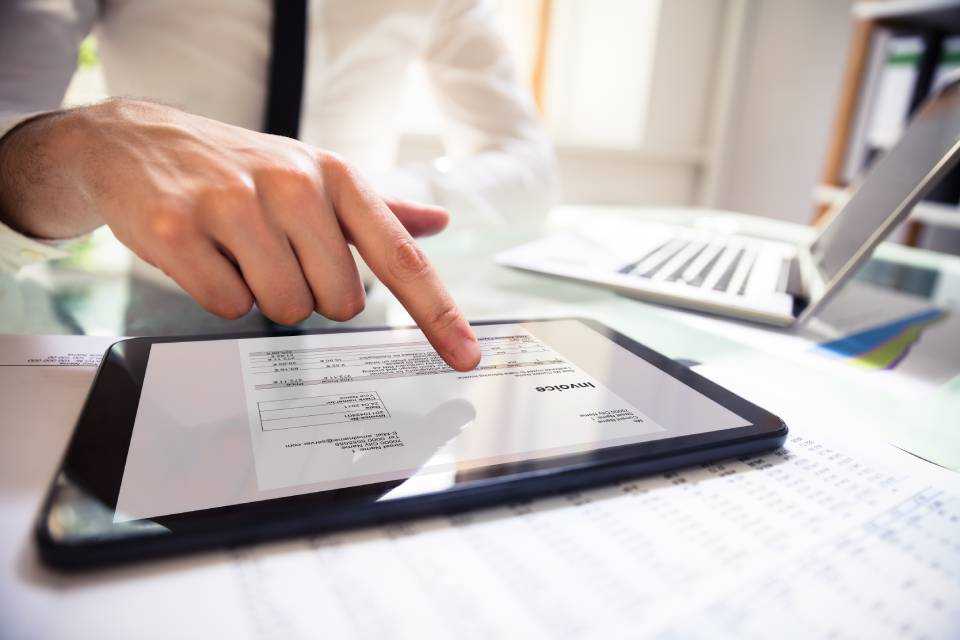
Getting paid for your product or service is the entire point of running a business. When you operate on credit terms, it is necessary to send invoices to customers after each shipment. These invoices should include payment due dates and other vital information in order for them to be properly paid. This guide will teach you how to effectively structure an invoice so that you get paid, no matter what industry you are in.
Table of Contents
Common Elements to Include on Every Invoice

Source: smallbiztrends.com
There are three main pieces of information that must be included on every invoice sent out under normal circumstances:
– The name and address (and contact details) of both the customer and supplier
– A unique invoice number for this specific transaction
– Details on what the invoice is for, including quantity and unit price
If you do not include all of this information, payment will be delayed or may even be sent back to you.
How Invoicing Works in Different Countries and Sectors
In some cases, such as in government departments or large corporations with their own credit departments, invoices are bought when they are due by a certain date. In other cases, such as in small businesses where the owner handles both sales and finances, invoices must be paid immediately upon receipt. According to PeachPay, whichever type of business you have, make sure that the right terms are agreed with your customers beforehand to avoid confusion later on. If you cannot remember if a term has been agreed upon previously, err on the side of caution and include payment terms with all invoices.
Some Points to Keep in Mind While Sending Invoices

Source: finance-monthly.com
– Your terms are likely to be one of two types – cash or trade. Cash accounts are designed so that the customer pays for each shipment separately, while trade accounts are generally given to customers who pay on credit
– The VAT (value added tax) is a form of government tax levied by most countries. This means that if you have an invoice where your customer’s VAT is not included, then this will need to be taken into account when you send your own VAT return at the end of each financial year
– If you have a credit account with a customer, then the terms on which this credit is given to them should be agreed beforehand. This part of your contract sometimes needs to be written out as an explicit clause in the agreement
– If you overstep certain limits on your credit limit, your customer might ask for security from you. In some cases this will require a personal guarantee from you before they allow you to continue trading with them
– The easiest way to make sure that there are no problems caused by any of these issues is to go through each of the points individually and ensure that both parties understand everything before it’s put into practice
How to Structure an Invoice
The following sections will help give you a better understanding of how to structure an invoice.
– The Supplier’s details must be on the invoice, no matter what – this includes their name, address and postcode
– Once you have added these details, label each of them so that they are obvious to anyone reading the document
– By including your unique invoice number here, it makes it easier for you later on if there is any confusion about which invoice is being paid at a particular time
– Indicate whether or not VAT is included by marking this with either “VAT included” or “VAT excluded”
– Add your bank account details here, as well as your company’s BIC (Bank Identifier Code) where applicable
– If you want to include an individual account, such as for a director or customer, then this should be included under the “Account Details” heading
– This part of your invoice is designed to provide all of the information that anyone paying you would need in order to make a payment
– To make it easier for your customers to understand what they are buying and how much it will cost them, here is where you indicate exactly what they are buying and how much it costs per unit – if appropriate use a table to show the breakdown of everything being purchased
– In some cases when people buy large amounts from you, they may want to pay in installments. If this is the case then detail these details here – whether you require full or partial payments, and if you need them to pay at certain intervals
– If there are any discounts associated with the invoice then this should be listed here. If it is a discount that needs to be applied before VAT, or any other kind of tax, then ensure that this is taken into account when you list the amount due for each line
– The total value of everything on your invoice must be included here – also make sure to indicate whether it includes GST (goods and services tax) or not
How Long Should You Keep Invoices For?

Source: companybug.comw
The answer to this question really depends on what type of business you run. Large corporations will want all their invoices kept for at least seven years , while small business owners usually keep their invoices for about three years
– This part of the invoice usually only includes the essentials, while you can also include any special conditions under this heading. It is a good idea to name all of these things so that they are easy to understand
– Ensure that everyone knows when a particular invoice expires and what their legal rights are in relation to that date – whether or not they can claim it after a certain period, and whether or not you will be able to reclaim money from them if they fail to pay on time







